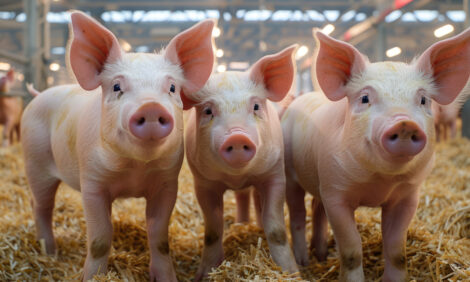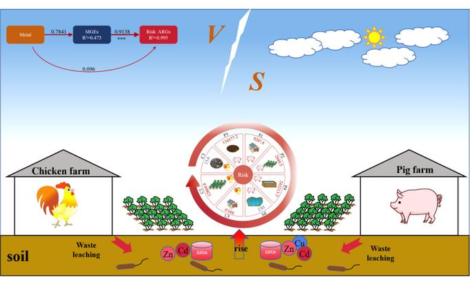



Impact of Piglet Birthweight on Profitability
People who have raised pigs have long realized that the birth weight of a piglet is associated with it potential to make a profit for the pig farmer. I will refer to this as the ‘Route to Profit’, writes Dr John Mabry, Professor of Genetics, Iowa State University.Recently there has been research completed on the impact of a pig’s birth weight on its future performance and profitability. This work was done at a large integrated pork production system in the USA.
The results, published in scientific journals and a PhD dissertation, showed that as long as a piglet was 1.4 kg or higher in birth weight their performance and potential for profit was very good. As a pig’s birth weight got below 1.4kg the route to profit became less probable.
Their research showed that for each decrease in piglet birth weight of 0.1kg:
- the pre-weaning mortality increased by 3%.
- the post-weaning mortality increased by 2%.
- market weight decreased by 1.63kg.
- the probability of it being a ‘Full Market Value’ pig decreased by 2%.
They defined a ‘Full Market Value’ pig as one that weighed more than 90kg, had no injuries, ruptures or other defects, and received full market value at the slaughterhouse. A pig that was not ‘Full Market Value’ received a discounted market price of 75%.
Using the above researched based information, we can estimate the profitability of each birth weight class (1.4kg, 1.3kg, 1.2kg, 1.1kg, 1.0kg) using the PigProfitTracker® software. This software uses farm specific cost of production inputs, and user inputted performance and price information. A market carcass price of € 1.55/kg was assumed for FMV pigs, and € 1.20/kg for non-FMV pigs. Feed costs of €295/tonne were used. The table below shows the relative performance and estimated profit for each birth weight class of piglet:
Based on the information and assumptions used in this table, as a piglets birth weight declines from 1.4kg down to 1.0kg, the average profit per pig also declines; piglets with a birth weight of 1.0kg or less will not produce a profit for the pig farmer.
How does this then impact the genetic supplier? Over the past 10 years the genetic merit for litter size has increased greatly; however, the number of piglets with low birth weights has also increased as the litter size has exceeded uterine capacity of the sow. How should the genetic supplier account for this increase in low birth weight pigs in their genetic improvement program?
A logical solution is to only give born alive credit to those pigs that have an adequate birth weight to be profitable. The Hermitage BLUP MLI Selection program has included selection for Born Alive > 1kg for the last 3 years.
Improving Birth Weight
During the past two years Hermitage Breeding Farms have carried out an extensive trial on comparing the genetic/nutritional influence on birth weight. We weighed 1930 litters of our various breeds at birth and compared breeds, and family lines within breeds. The trial resulted in eliminating a small number of genetic lines.
A significant improvement in birth weight was made by increasing the feed to the sow by 60% from day 85 – 112, with feed increasing from 28MJ to 44MJ. An average birth weight increase of 80 grams / piglet (from 1.38 – 1.46kg) was achieved. This protocol is not recommended for 1st parity gilts.
NB: Sows over parity 6 have more light weight piglets at birth and at weaning.
July 2015









